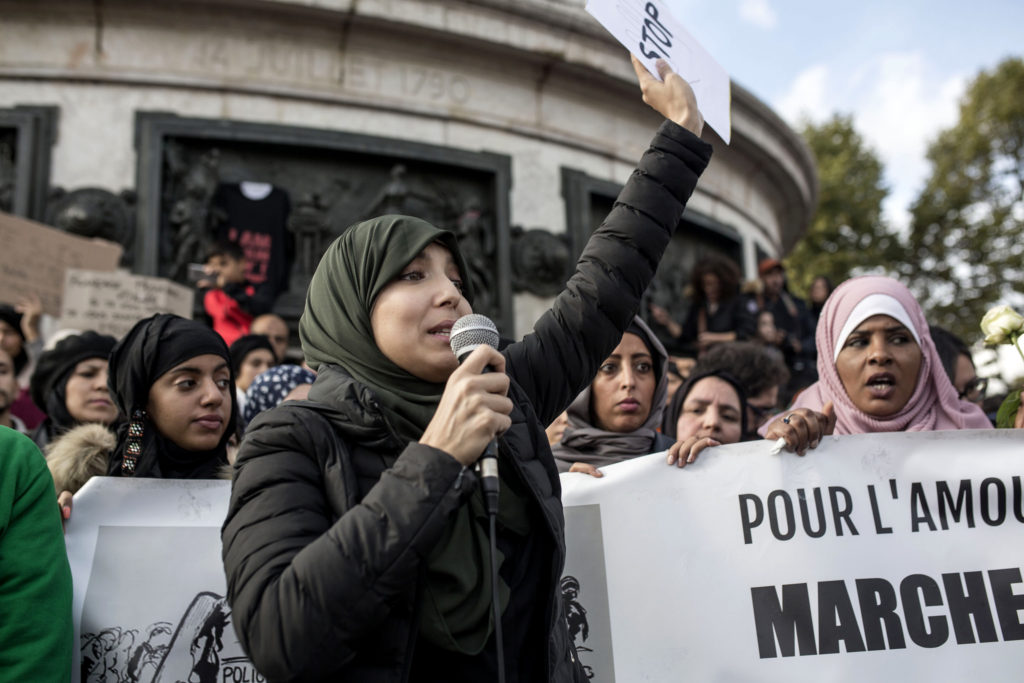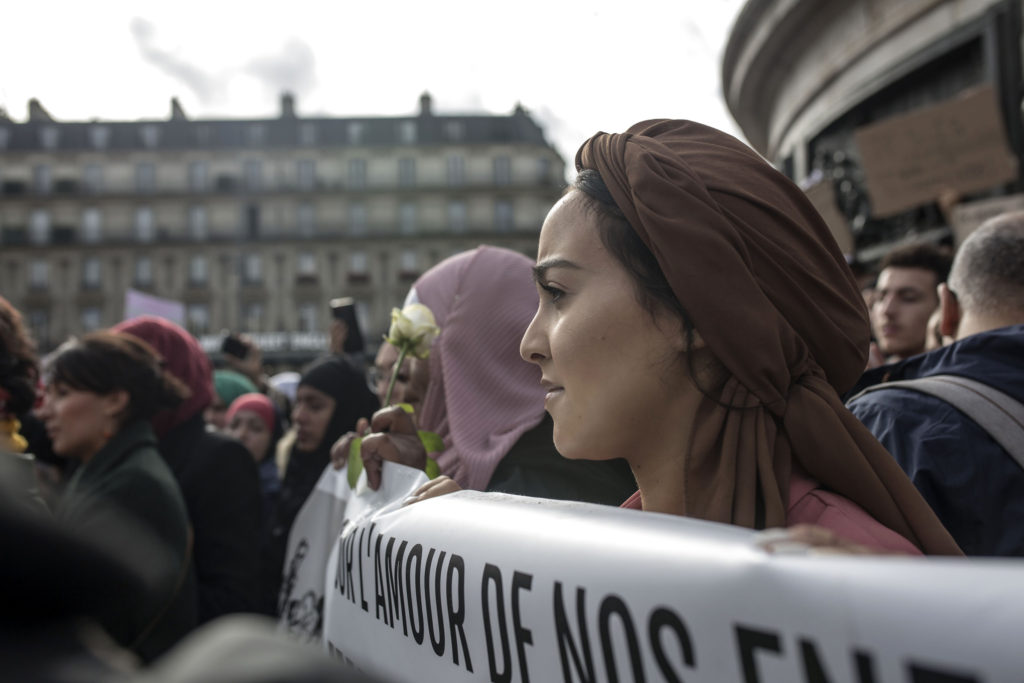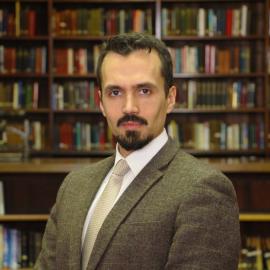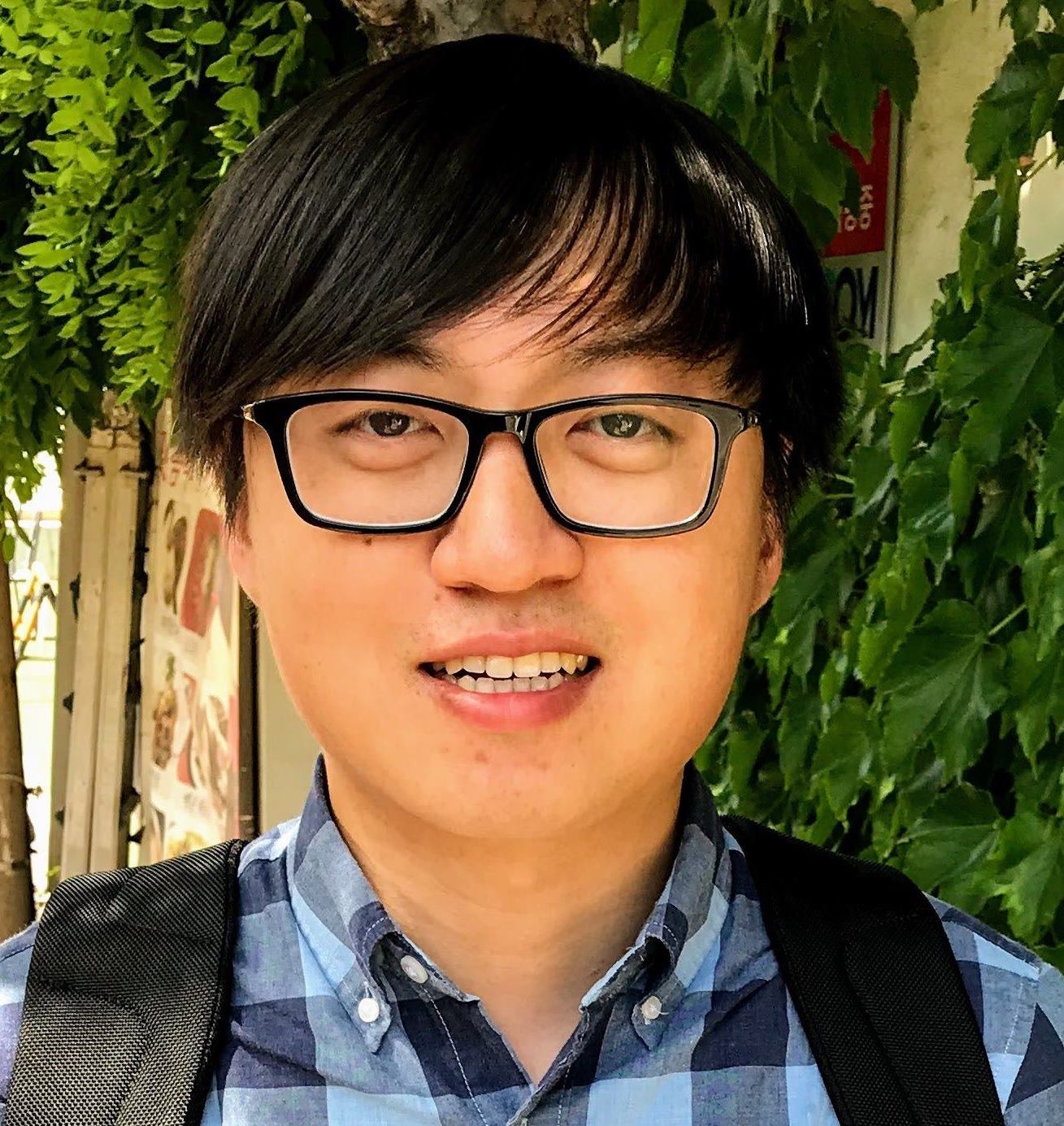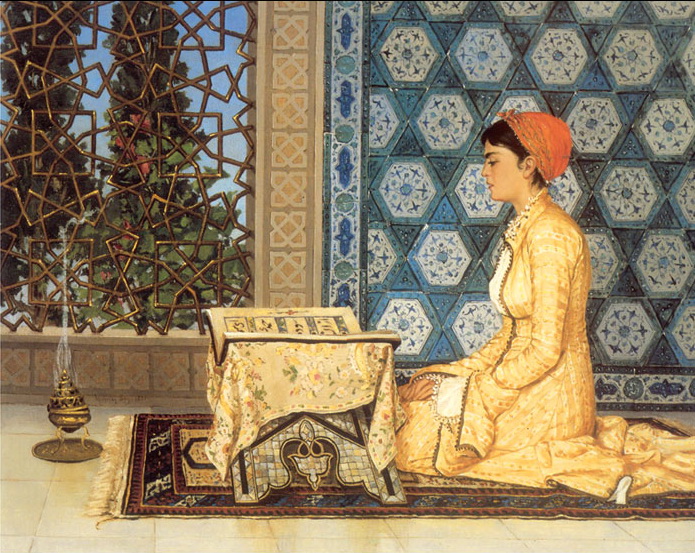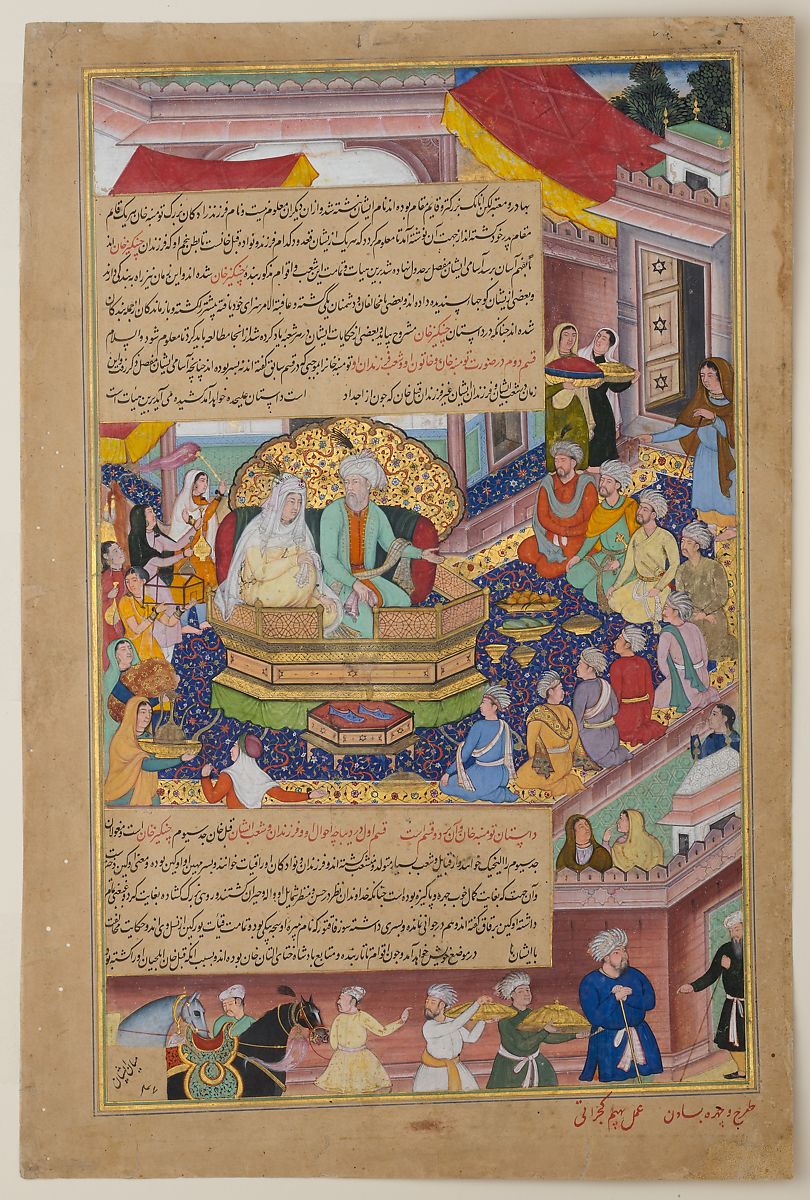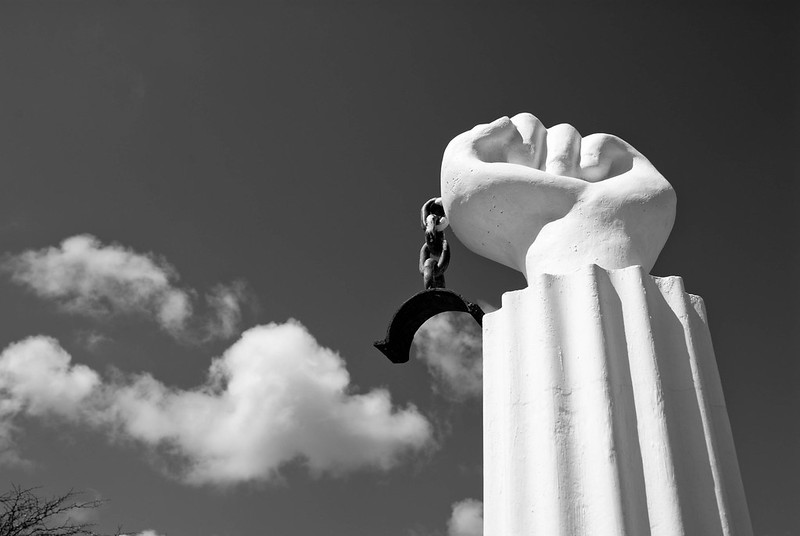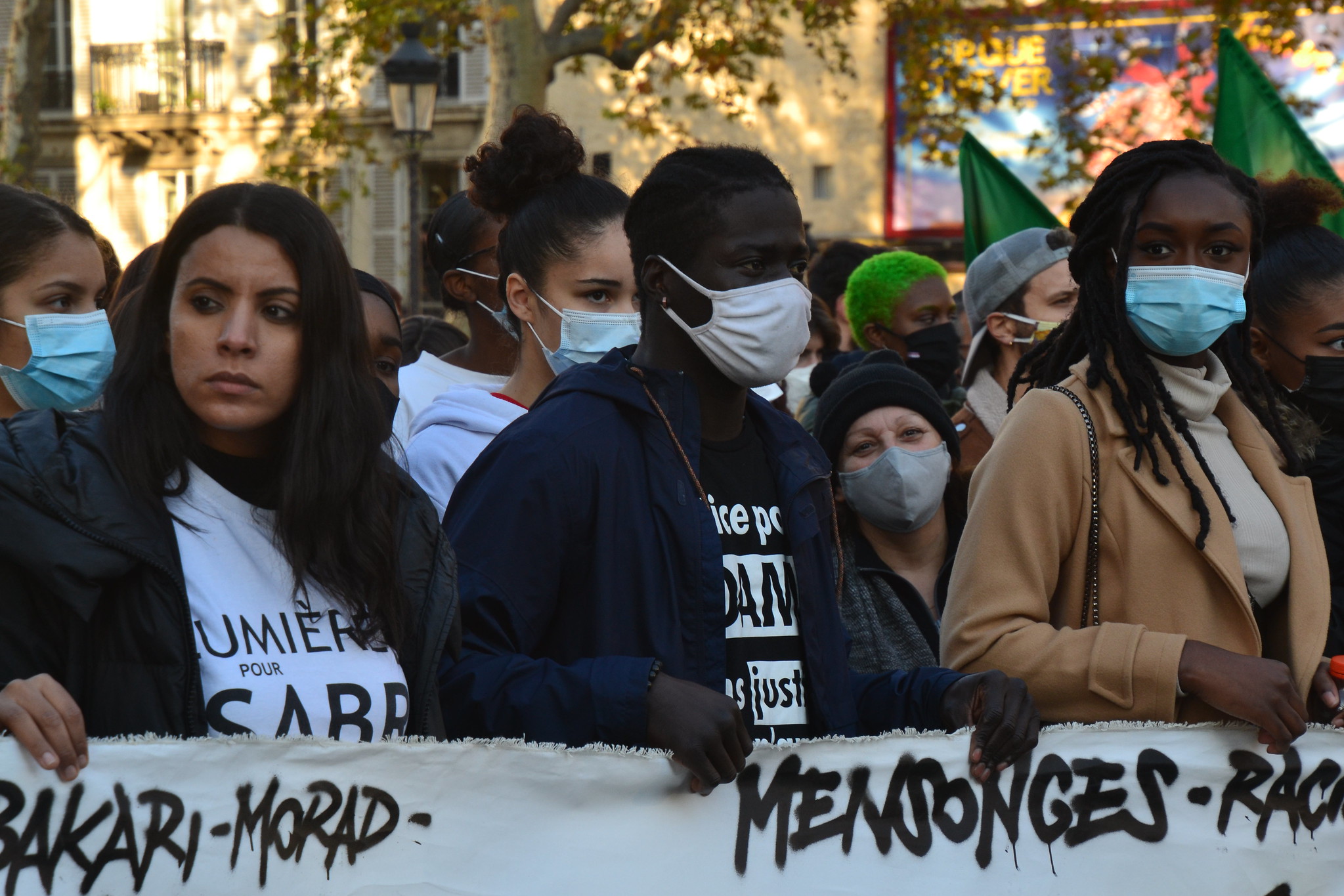
How does one write about the decapitation of Samuel Paty? How does one adopt a tone that is both complex and conciliatory, compassionate and engaged, committed and informed? Do these two positions go together, and is it possible to develop a language that acknowledges the violence in all its horrific dimensions, and the context in which it took place? Can we address terrorism and what leads to it? Can we talk about violence and the preconditions for it? These were the questions I asked myself as I was caught in a storm of insulting reactions and attacks, including by politicians and fellow academics, due to a tweet that I wrote:
Horrific, despicable and sad. There are no words to condemn this hard enough. I hope this nightmare of our times will soon be over, and this will require a depolarization from all sides, including the French state.
Decapitations trigger a very particular sentiment of horror because they violate a deep sense of bodily integrity. The brutality of Samuel Paty’s decapitation by eighteen-year-old Abdoullakh Aznorov in plain daylight in October of 2020, and the physical proximity between the executioner and the victim, almost stand in a polar opposition with modern warfare, which is largely invisible and mediated by technology and distance. The visceral horror that accompanies this highly visible act explains, in part, why it is difficult to reflect on it. Yet, when I wrote my tweet, trying to express my disgust at what happened while also sharing my concerns about a further escalation of the ongoing tensions in France, I didn’t anticipate the wave of insults and hundreds of responses it would unleash. I was accused of “victim blaming,” my words were read as a justification of what happened, and I was told that I should be ashamed. I was also called an extremist, an ally of ISIS, and an enemy of the state.
Since the start of the War on Terror, the challenges and difficulties facing those who write about terrorism have been the subject of a number of reflections. It is thereby observed that terrorism has become an ideological battle ground, which is primarily apprehended in moral terms, thereby rendering analytical or intellectual reflections on such events difficult. Scholars have also extensively written on and documented the charges directed at those who have offered a contextual view on terrorism, as the latter are often accused of “excusing” or “condoning” such acts (Stampnitzky 2014; Asad 2007). Reflecting on this matter, political philosopher Judith Butler famously argued that this impossibility to reflect on terrorism figures as one of the central ingredients of contemporary warfare. The frames of war, as she explains, “work both to preclude certain kinds of questions, certain kinds of historical inquiries, and to function as a moral justification for retaliation” (2004: 4). An important consequence of this mechanism has been the consistent invisibilization of the violences perpetuated by Western states in the War on Terror, or their rationalization as a “lesser evil” (Weizman 2011; Delori and Bertrand 2015). Recently, a collective of French academics has denounced this silence and called for the need to come out of the denial around Western warfare, which is either rendered invisible or glorified.
Anti-Racism as the Ideological Accomplice of Terrorism
Yet in the weeks that have followed the attacks in France, the intensity surrounding this discussion seems to have reached a new level. This time, however, it has been expressed towards those who have raised the issue of Islamophobia in France. We have seen it in the accusations directed at The New York Times and other U.S. media by the French President Emmanuel Macron who contended that the US was legitimizing terrorist violence in its daily coverage. We also have also observed it in the censoring of pieces by journalists Mehreen Khan in the Financial Times or sociologist Fahrad Khosrokhavar in Politico (the pieces have been removed from the websites). Whereas none of the accused authors suggested that the French state was directly to blame for the attacks, they did situate these attacks against a background of ongoing public debates on Islam in France. In the months preceding the different attacks, the public debate in France had soared again in preparation for a new law against separatism. Announced by Macron in September 2020 during the 150th celebration of the Third Republic, it aimed to express a firm commitment to restore national cohesion around the values of the Republic which were seen to be under threat by anti-republican movements. These were explicitly mentioned and identified as Islamist movements. They were accused of promoting values that stand in conflict with republican values (e.g. gender segregation, religious orthodoxy). The French state’s response to the assassination of Samuel Paty has also been to immediately pursue and dissolve Muslim human rights and humanitarian organizations, like the CCIF and BarakaCity.
Attempts by journalists or sociologists to paint a broader picture around the events in France by also highlighting the longstanding intensified climate around Islam have been heavily critiqued as a form of “victim blaming”—and so was my tweet. In some cases, however, charges went even further. Such was recently the case for well-known journalist Rokaya Diallo. In the Arte show 28 Minutes which was broadcast on October 21, 2020 she was accused by writer Pascal Bruckner of having provided the ideological weapons for the attackers of Charlie Hebdo in 2015. The conversation went as follows (own translation):
PB: Your status as a woman, Muslim and Black makes you privileged, and allows you to say things, if I had said those things… More particularly, what you said about Charlie Hebdo and which led, amongst others, to the death of 12 other Charlies…
RD: What I said has led to the death of other people?
PB: Yes. You did a petition in 2011…
RD: It was not a petition, but a text. And none of the texts I wrote has led to the death of anyone… It is appalling that you say that…
PB: It is not appalling. You have, with others, lead to the hate of Charlie Hebdo and weaponed the arms of the killers. Voila.
As the discussion went on, Pascal Bruckner defended his position, inviting her to take responsibility for her claims. In another radio show, after this program, he reiterated his claims, arguing that “words kill.” This was not the first time Bruckner accused journalists or anti-racist activists of enabling terrorism. On previous occasions, the Parti des Indigènes de la République and Diallo had been described as ideological accomplices (complices idéologiques) of the attackers of Charlie Hebdo. Bruckner justified his position by referring to a text, signed by Diallo and others, that was published in 2011. The text was written in response to a firebomb explosion in the empty offices of Charlie Hébdo, and the ensuring discourse that followed. The authors of the text questioned the large amount of attention given to this incident in comparison to other similar acts of violence that had taken place against mosques or Muslim cemeteries around the same period, but which remained unmentioned in the national press or the public debate. They equally critiqued how free-speech was increasingly instrumentalized as a way to promote Islamophobia (in Charlie Hébdo but also French society at large), and called for the need to raise awareness around other forms of free speech that they considered to be threatened, such as the free speech of veiled women, undocumented workers, and homeless people.
While Bruckner’s view that those who critiqued the newspaper Charlie Hébdo in 2011 were to blame for the attacks of 2015 might appear extreme, he does not stand alone. The recent weeks and months have witnessed an increasing mobilization, both on the part of the French state but also by other intellectuals, around the supposedly inciting effects of anti-racism. This mobilization is also seen in academic spaces. In the framework of a piece of legislation aimed at revisiting the funding of higher education (LPR—loi de programmation pour la recherche), parliamentarians attempted to add an amendment that conditions academic freedom on “respect for the values of the republic” (respect des valeurs de la République). And more recently, one hundred French academics seconded the claims of the French Minister of Education Jean-Michel Blanquer, who stated that “Islamo-gauchism”[1] (Islamic-leftism) was devastating French universities and fostering an “intellectual radicality”—which, for him, includes decolonial thought and intersectionality—that had “conditioned” Samuel Paty’s killer.
“Free Speech” as a Root Cause of Radicalization
One way to understand these developments is to see them as a turn to the right by the French administration, which is also exacerbated by the electoral presence of the far-right. Several analysts have suggested that the French government’s position needs to be understood in light of a growing competition with the far-right party ahead of the presidential election that is in two years. This development is, furthermore, also strengthened by an increasingly rigid view of laïcité (French secularism), which takes the expression of religious practices like the headscarf as a signpost of political Islam. While the most recent push was given by influential networks like the Printemps Republicain,[2]this development also stands in continuity with what the French sociologist Vincent Geisser already analyzed in 2004 as “Islamismophobia”: a form of Islamophobia that operates through the distinction between allegedly “ordinary” Muslims and “political” Islam, the latter being understood as an “aberration” of Islam. Wearing a headscarf or praying at the workplace are, in these cases, not seen as expressions of religious piety, but primarily read as a manifestation of political Islam. This generalized designation of Islamism as a new public enemy is, furthermore, supported by a legion of secular or “moderate” Muslims. Yet, there is another element that I want to highlight, which not only attends to how the French model of laïcité has evolved more rigidly around the Muslim question in the last three decades, but also how this development has become increasingly entangled with a growing concern with processes of radicalization and national security in recent years. I want to suggest that the current backlash against “free speech”—which accuses academics, anti-racist activists, and journalists of “intellectual complicity” with terrorism—is one of the logical continuities of an increasingly dominant view that links terrorism with a process of radicalization and social fragmentation, which is seen to be provoked by cultural and religious diversity and a lack of assimilation to secular values.

When the language of radicalization was introduced in Europe, it was the result of a desire by the security services to find adequate language to capture the growing tensions they linked with the multicultural composition of their societies. In a recent study on this question, I, Martijn de Koning, and Francesco Ragazzi offered a close analysis of how this notion draws on a security-based preoccupation with cultural diversity and integration. We analyzed how the language of radicalization was introduced by the security services in the Netherlands in 2001, and later adopted by other countries such as the UK through the PREVENT model, as a way to capture the relationship between the “problem of integration”—which was increasingly diagnosed as a domestic preoccupation—and (international) terrorism. Political violence was, thereby, no longer read as being only the result of militant movements in particular conflictive contexts, but also as an outcome of social fragmentation due to the perceived clashing of cultural values.[3] As a result, there emerged a growing consensus around the need to monitor and police the process of integration of minority ethnic-cultural communities (and Muslims in particular). Several scholars have, however, critically challenged this turn, referring to how it draws on an idealistic view of society. As suggested by Willem Schinkel and Marguerite van den Berg (2009), such an account tends to reproduce social cohesion as a norm, and sees the presence of conflict and dissensus—reproduced here through the presence of conflicting cultural norms—as a national threat. The murder of Theo Van Gogh in 2004 by Mohamed Bouyeri was, however, viewed as a confirmation of this thesis, and announced, in the case of the Low Countries, a more intensified engagement with cultural and religious diversity through these security lenses.
More than a decade later, the idea that a process of radicalization precedes terrorism has become a well-integrated adagium for most European countries since the departure of European Muslims to Syria and the attacks of 2015. This take has, thereby, also enabled a renewed set of inquiries into the “root causes” of radicalization. Through this lens, Islamic organizations and movements (understood at times as Salafism and at others as part of the Muslim Brotherhood) have consistently been viewed as enablers of this process. “Radical Islamists” are accused of promoting a Manichean view, thus fragmenting society, and a sense of victimhood and resentment (through the obsessive focus on Islamophobia). Rather than considering these movements as complex sociological developments that equally interact with the lived conditions of Muslims in Europe, Muslim organizations are increasingly treated as enablers of a polarizing view on the social world.[4]
The events of recent weeks in France show, however, a further expansion of this development. Now anti-racist views, including academic ones, are also being charged with instigating hate and polarization,[5] and with potentially radicalizing people. Such was the argument of Pascal Bruckner. And this argument was also echoed by the French Minister of Education. Academic studies on racism and Islamophobia are not simply read as descriptive statements about a material or social context. They are, rather, diagnosed as producing particular visions on the social world. Like in the case of “radical Islam,” they are apprehended as idealistic and performative justifications, thus inducing certain moods and motivations and enabling a sense of victimhood and resentment. There have been several efforts to resist these recent attacks on academics and activists in France and beyond on those grounds. Yet, in order to expand the political potential of these resistances, it will be important to not only read this evolution simply as an assault on “free speech,” but also as part and parcel of a broader development that tends to turn social contestation (whether religious/Islamic or secular) into “radical speech.”
________
[1] Islamo-gauchism could be translated as Islamic-leftism, but refers primarily to an intellectual attitude that is accused of allying with and enabling radical Islam. These critiques are often directed at scholars who work on Islam, race, and gender. Some analysts have noted a continuity between the antisemitic trope of “Judeo-Bolshevism” and that of Islamo-gauchism. See for instance this essay by Corinne Torrekens.
[2] The movement englobes people who self-identify as “left” and “center-right” and seeks to promote a view on laicité that opposes what it considers as identity-based forms of nativism. The movement has been quite influential in attacking individuals and groups considered as Islamists or qualified as “indigénist” (i.e. belonging to the Parti des Indigènes de la République). https://www.printempsrepublicain.fr/#acturs
[3] This idea was also present in France, notably through the figure of Khaled Kelkal, a second-generation Algerian Frenchman who took part in the 1995 terror bombings. Yet his actions were largely read as a result of political Islam, and public discourses and authorities primarily focused on the mobilizing potential of these militarized Islamist groups. France maintained a sustained focus on political Islam for a long period, and only adopted a broader preventive policy around radicalization much later, in 2014.
[4] The idea that Islamic organizations promote segregationist views in the French Republic is not new, but was already present in the early nineties in the writings of Gilles Kepel.
[5] The shift from “radicalization” to “polarization” has also been central to the development of this discourse. It marks as an attempt to be more inclusive of other ideologies (such as the far-right, far-left, or ecological movements), and to no longer simply target Muslim communities (see Fadil & de Koning 2019: 70-71).
Acknowledgement: I would like to thank Abdellali Hajjat and Martijn de Koning for their comments on a previous version of this essay and Dania Maria Straughan, Joshua Lupo, and Atalia Omer for their editorial work.


